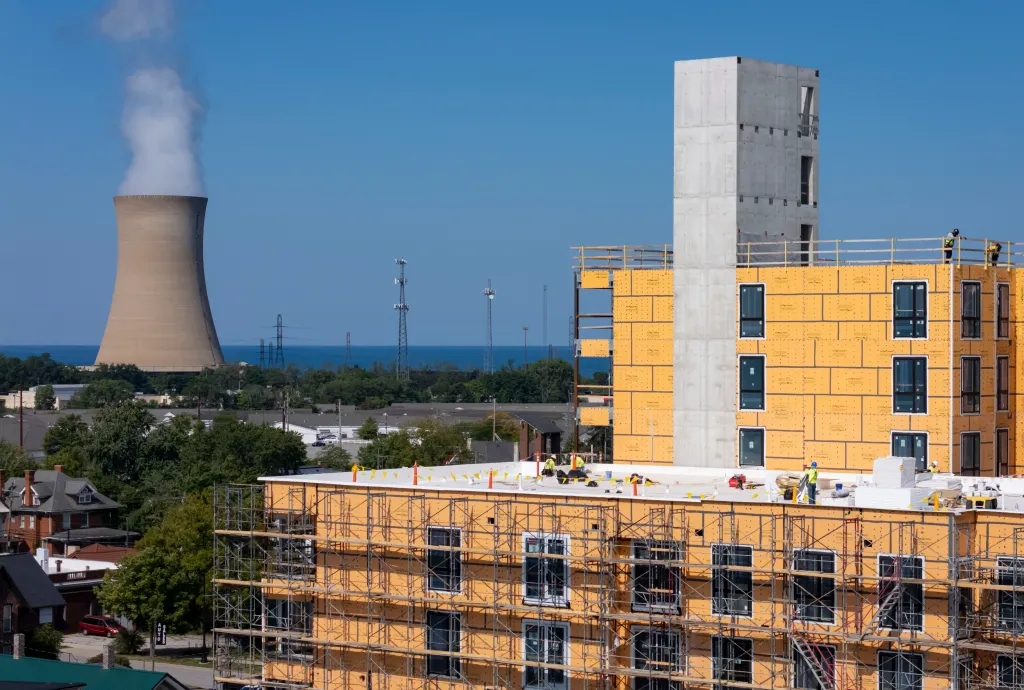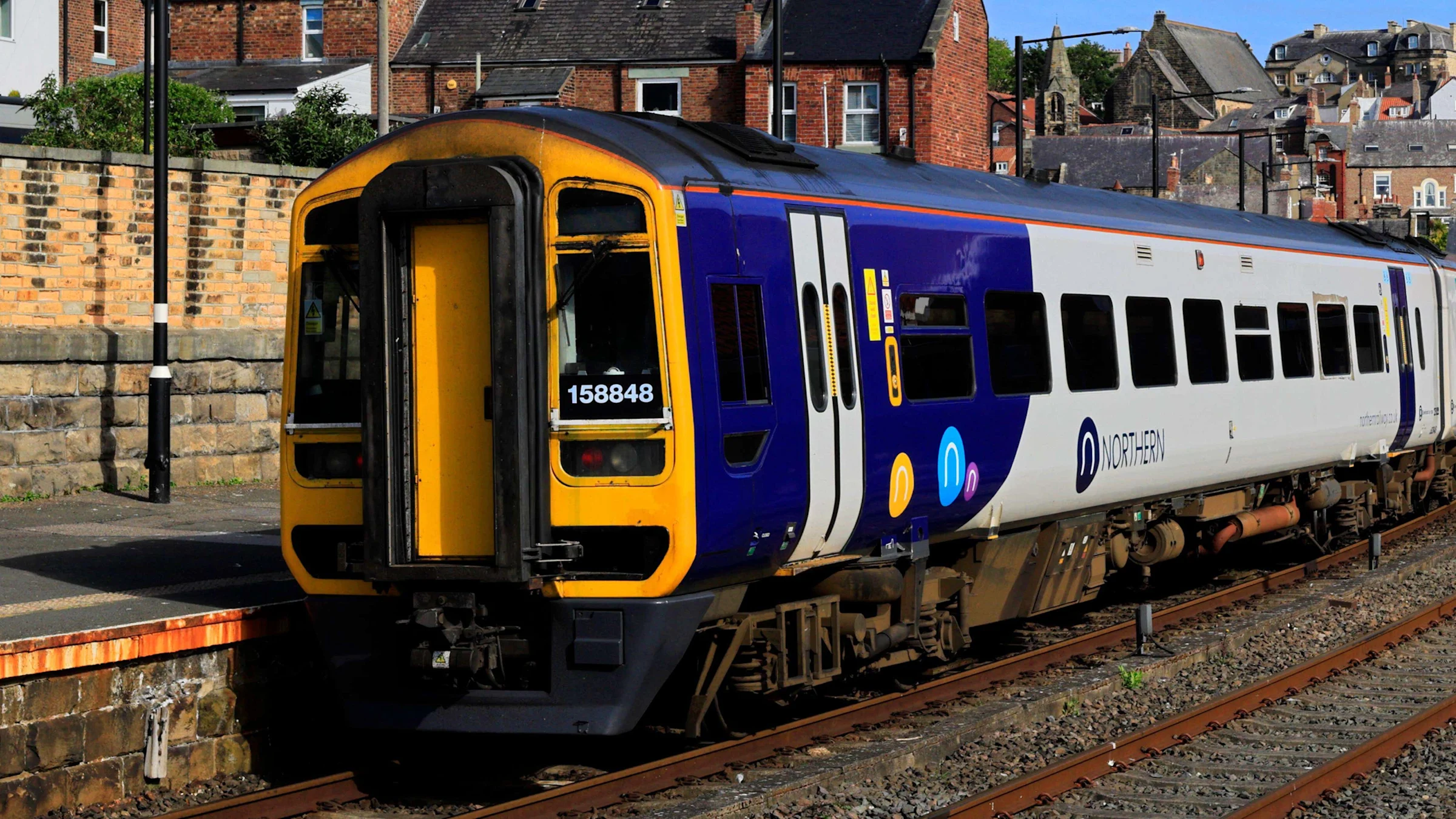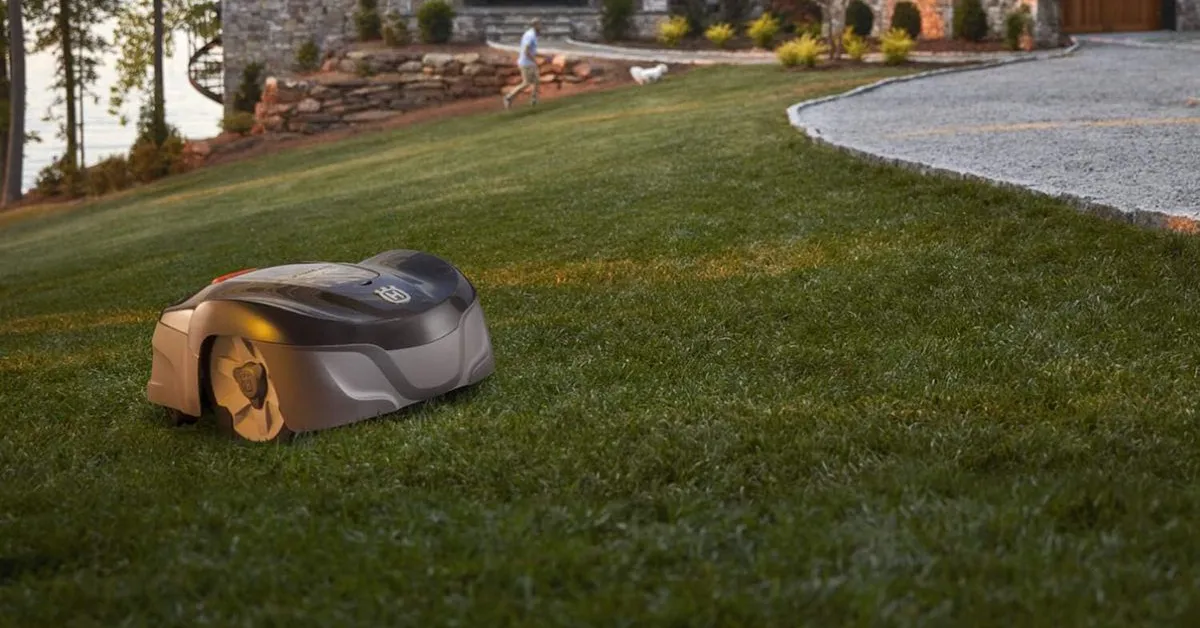
Tour boat captain Vic Tieri started Harbor Country Adventures on the lakefront in southwest Michigan, but later moved it down the coast and expanded in Michigan City, Indiana.
“I felt like Michigan City was in a position to grow,” Tieri said. “Now I made the smart bet, because I look at all the construction cranes and new apartments and condos. Everywhere you look, there’s new stuff going up.”
If the Midwest is flyover country for coastal elites, then Indiana traditionally has been drive-through country for Chicagoans holding their noses on their way to vacation in “Pure” Michigan. Now, Michigan City officials are trying to change their town’s image from that of an industrial town to a tourist destination, and a new home for Chicago commuters.
The city of 33,000, a mixture of blue-collar workplace and lakefront playground, has benefited from several major developments in recent years. It is the home of a planned $300 million luxury hotel and townhouse development called SoLa (South of the Lake).
Last year, the addition of a second railroad track and new train station on the Metra South Shore Line cut commute times to Chicago to about an hour. It also is a gateway to the Indiana Dunes, which saw the number of visitors in recent years jump to around 3 million after it became a national park.
Chicagoans and the extended Lake Michigan lakefront have long been connected. The SS Eastland, the ill-fated ship that capsized in the Chicago River in 1915, killing 844 people, was bound that day for one of many excursions to Michigan City.
Former Mayor Richard M. Daley and other family members have owned homes in Grand Beach, Michigan, since the 1980s. So many transplants from Chicago have arrived to nearby New Buffalo, Michigan, where Zillow reports the average home value has risen to $634,000 — more than three times the price in Michigan City.
That affordability on a stunning lakefront is one draw to an area known as The Region in northwest Indiana, but Michigan City also boasts amenities that other some nearby towns do not: a zoo, a lighthouse, an upscale outlet mall, big box stores and a casino.
Other new developments include a $100 million, 12-story, mixed-use building at the train station called The Franklin, and 33 new single-family homes at Woodland Ridge.
The Franklin’s apartments should be completed by late summer of 2026, said Deron Kintner, a vice president for the developer, Flaherty & Collins Properties. Why did they choose Michigan City?
“The city has character,” Kintner said. “It has charm, it has history, it has the dunes. With the speed with which you can get to Chicago and back, we think it’s going to be a place that will be very desirable to live in. Word is starting to spread.”
The target market is primarily young professionals and empty nesters who want a walkable, affordable town with lots of attractions.
The SoLA development has begun sales of 188 town homes starting in the $400,000s, with a hotel, two rooftop pools and 60 short-term rentals, designed for owners to rent out Airbnb style while they’re away. It’s targeted to take occupancy in late 2027 or 2028.
SoLa’s Farpoint Development founding principal Scott Goodman, who’s worked on numerous developments in the Chicago area and elsewhere, said he used to drive through the area and not understand why it hadn’t been developed more, but believes its time has come.
“Its proximity to the waterfront, its historic food and beverage district, its transportation, so many things have gotten better,” he said. “To get to or from Chicago in an hour makes it almost a suburb. It’s a less expensive place to live, but still with all the advantages of living close to Chicago is a great combination, and attractive to a lot of people.”
But any plan to increase tourism in town will have to address a lurking eyesore that dominates the otherwise gorgeous lakefront: a giant concrete power plant cooling tower known to some locally as “the monstrosity,” that mars the views of the lakefront from every direction. Though the structure is for a coal power plant, visitors often assume it is for a nuclear plant.
NIPSCO, the company that operates the plant, says it plans to close the facility by the end of 2028. But NIPSCO also has plans to open a new gas-powered plant to power a coming data center, so it’s not clear what will become of the old plant.
This year, LaPorte County officials agreed for NIPSCO to study converting the plant to natural gas or other technology instead of decommissioning it.
The Indiana State Prison in Michigan City, which opened in 1860 and once held infamous gangster John Dillinger, was also slated to close, though that plan too has been held up.
Michigan City Mayor Angie Nelson Deuitch hopes to see the sites open up for new development.
“We don’t want those things on the lakefront,” she said. “I’d love to see a new gateway into the national park. I want it to be public use. There’s an opportunity to create something very impactful to bring people into our community to live and work and play. We want industry, but tourism is a big part of who we are now.”
The mayor grew up in Michigan City, part of a seven-generation family there, and left to become an electrical engineer and consultant before returning to lead the city. She once commuted to Chicago from there, but said that driving there every day “did not work,” making the new faster train rides crucial to attracting commuters.
Michigan City is part of an initiative by the nonprofit Brookings Institution think tank to implement a community-centered economic inclusion model designed to link disinvested rural districts to broader regional growth strategies.
This included majority-Black neighborhoods, residents of which make up about a quarter of the population, with once-in-a-generation development opportunities like closing the prison and power plant.
Part of redevelopment plans call for attracting newcomers while not driving out current residents. Some residents have already complained about rising housing costs. The mayor hopes to implement programs for new affordable housing, down payment assistance and financial literacy classes to help locals participate in the revitalization.
Michigan City also remains home to various manufacturing businesses, including laying claim to being the air compressor capital of the Midwest. Keeping current residents and businesses while attracting newcomers requires a fine balance.
“It’s exciting,” the mayor said, “and scary at the same time.”



